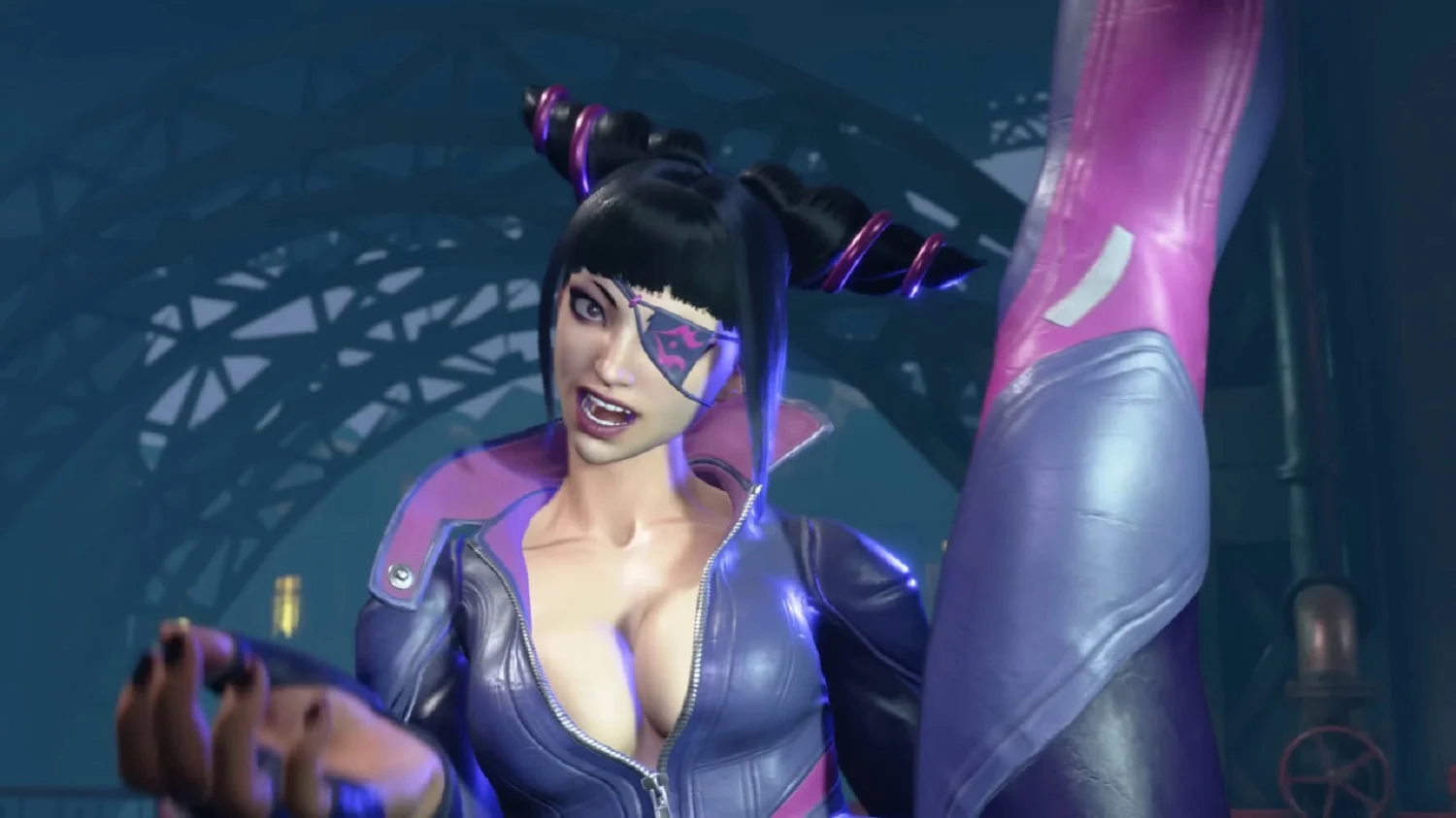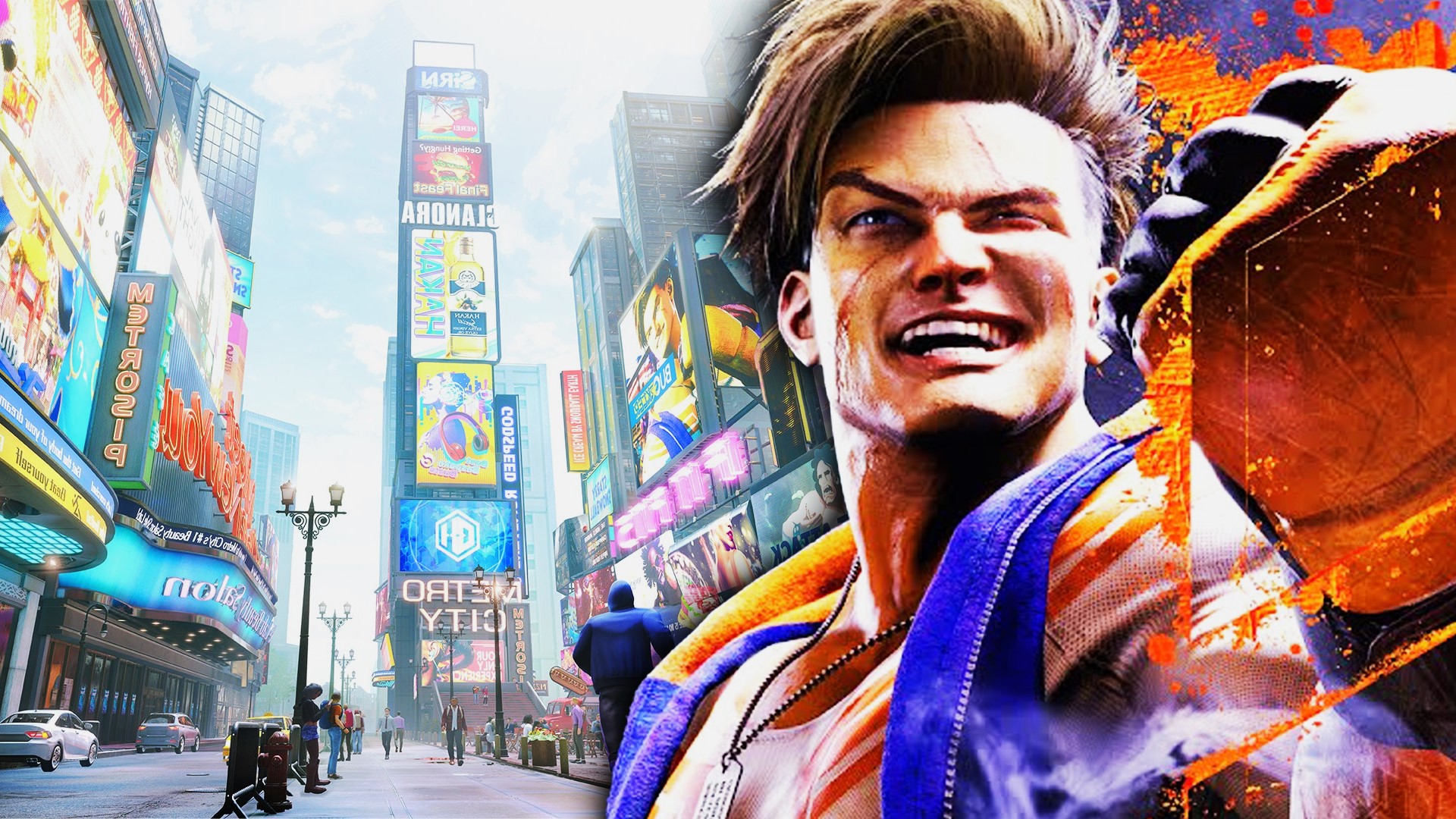When Street Fighter II: The World Warrior burst onto the gaming scene in 1991, it revolutionized the fighting game genre and cemented its place in arcades. With its intense player vs. player battles and multiple endings for solo players, it offered endless replay value for arcade enthusiasts. However, when these games made their way to consoles, the experience became somewhat limited. While playing against a friend was enjoyable, solo players were left with only the option of replaying the arcade mode, defeating the final boss repeatedly just to watch varying quality ending cutscenes.
As time went on, game developers recognized the need for more than just arcade and versus modes to keep players engaged. But what could be done to enhance the fighting game experience? Perhaps adding a team mode, survival mode, or time attack could spice things up, but these additions did little to truly elevate the gameplay.
It’s no secret that Capcom, the pioneer of fighting games, has faced challenges in recent years when it comes to enhancing the single-player console experience beyond arcade mode. Ports of Street Fighter Alpha 3 made an effort with the introduction of World Tour Mode, which offered additional challenges like the gimmicky feature of fighting two M. Bisons simultaneously. Then came Street Fighter 5, which shockingly omitted an arcade mode altogether, opting instead for a “story mode” consisting of brief cutscenes followed by insultingly easy matches. Capcom eventually expanded the game by adding an arcade mode and a cinematic story mode, but neither truly captured the imagination of players.
With the release of Street Fighter 6, Capcom has successfully ticked off all the essential elements that make a fighting game an absolute must-buy from day one:
- A top-notch fighting engine that delivers an exceptional gameplay experience.
- A PvP (player versus player) component that shines, particularly in the realm of online play, providing an engaging and competitive multiplayer experience.
- An enthralling single-player campaign that keeps players fully immersed and invested in the game’s narrative.
Street Fighter 6 Excels in the Fundamentals
Street Fighter 6 retains the core mechanics that seasoned fans of the franchise will find familiar. The standard format of best two out of three rounds, special moves, and up to three stocks for super moves remains intact. However, it introduces a fresh twist by replacing Street Fighter 5’s V-Trigger system with the Drive Gauge. This new meter grants access to a range of abilities borrowed from previous Street Fighter titles.
The Drive Gauge enables players to execute defensive maneuvers such as parrying opponent attacks or performing a focus attack that grants temporary armor, allowing them to absorb up to two hits without interruption. This can lead to stunning or wall-smashing moves that greatly impact the opponent. Additionally, players can reverse attacks and unleash enhanced versions of their special moves known as EX moves. However, careful management of the meter is necessary, as overuse can result in a fighter becoming burned out, affecting their defensive capabilities.
The gameplay experience in Street Fighter 6 is flawless, with seamless controls that feel intuitive and responsive. Furthermore, the game offers three distinct control settings. Players can opt for the classic controls, featuring three punches and three kicks, along with specific input motions for special moves. Alternatively, a modern control scheme streamlines attacks and assigns special moves to dedicated buttons. For those seeking an even more dynamic experience, there’s the dynamic style, which amplifies the modern control scheme, allowing for rapid and frequent execution of special moves.
Of course, the game includes the ever-present versus mode, which has been taken to new heights in this iteration. The Battle Hub introduces a delightful twist, where players navigate with their created avatars, challenging other players and engaging in virtual arcade cabinets that feature classic Capcom video games. It’s an exuberant and thrilling addition that adds a touch of over-the-top excitement.
Another noteworthy feature is the ability to add commentary to versus matches. While it may be considered a mere embellishment, it’s an ingenious addition that enhances each fight. Players can choose from a variety of play-by-play and color analysts, creating a unique esports-like showcase for every match.

Street Fighter 6 Roster: Rich in History, but Lacking in Story
Upon its release, Street Fighter 6 offers a roster of 18 characters, a slight increase from Street Fighter 5’s base roster of 16. While it may not be the most extensive starting lineup, it is well-known that Capcom will introduce additional characters over time. Among the 18 fighters, the original eight playable characters from Street Fighter II make a return (Ryu, Ken, Chun-Li, Guile, Blanka, Dhalsim, E. Honda, and Zangief), along with later SF2 additions Cammy and Dee Jay. Juri, the standout star from Street Fighter IV, and Luke, the final DLC character from Street Fighter 5, also make their appearances.
Four of the new characters have connections to heroes and villains from previous Street Fighter games. Jamie is an underage drunken fighter who idolizes his cousins, Yun and Yang. Kimberly is a stylish ninja who trains under Guy. Lily is a diminutive Native American warrior following in the footsteps of the formidable Thunder Hawk. Lastly, JP is a mysterious and corrupt businessman who wields Psycho Power, much like M. Bison. The remaining two characters are Manon, a model who blends judo with ballet to stunning effect, and Marisa, a formidable woman who embodies the spirit of a modern-day gladiator. These newcomers serve as highlights within the fresh blood of the roster.
The game features an arcade mode with impressive cutscenes, including intros, pre-boss battle scenes, and endings. However, there is a noticeable lack of substantial lore and story in Street Fighter 6. The narrative revolves around a fictional country called Nayshall, where Ken has been wrongfully accused of a terrorist attack. The characters grapple with Ken’s tarnished reputation, the enigmatic threat posed by JP, and the absence of M. Bison in a world where he is believed to be deceased.
Initially, it appeared that this setup would pave the way for a future cinematic story mode. However, it becomes apparent that the roster, on the whole, is remarkably amicable. Aside from JP serving as a villain and Juri embodying a psychotic antihero, there are no distinct antagonists around whom a compelling story could be constructed in Street Fighter 6. Instead, the game imparts a sense that the Street Fighter II cast are old friends reuniting at a high school reunion.
Street Fighter 6’s World Tour Mode Shines as a Standout Feature
One of the standout features in Street Fighter 6 is the highly impressive World Tour Mode, which showcases Capcom’s innovation. This single-player campaign offers a modernized take on Mortal Kombat Deception’s Konquest mode, where players followed the journey of Shujinko, an unsuspecting warrior, as he traversed various dimensions and learned to fight alongside different combatants, all while experiencing his own story.
World Tour Mode takes this ambitious Konquest concept and transforms it into an open-world RPG within the Street Fighter engine. In this mode, players create their own character, initially starting as a student under the guidance of Luke. Early on, you encounter Bosch, a passionate and quick-tempered rival who briefly becomes your companion. However, Bosch’s personal motivations lead him to separate from your training, but the paths of your characters will inevitably intersect.
This sets the stage for your character to wander through the streets of Metro City and eventually the world, meeting and learning from various Street Fighter 6 characters. Soon enough, you receive text messages from fighters like E. Honda and engage in gift-giving to strengthen your bond with different masters. This bond unlocks new moves for your character and unveils bonus cutscenes, adding depth to the experience.
Battle becomes a universal language in World Tour Mode, allowing you to challenge random fighters on the streets for experience points or to complete specific in-fight tasks and earn special items. Unfortunately, not all encounters are friendly, as gang members may chase and ambush you while wearing boxes over their heads.
World Tour Mode offers a vast array of gameplay elements, ensuring a lengthy and immersive experience. It perfectly suits the essence of Street Fighter, where the lore revolves around the characters themselves. Unlike Mortal Kombat, which often focuses on the characters banding together against apocalyptic threats, Street Fighter’s mythos primarily centers around the relationships between characters. This mode encapsulates that essence, delivering a genuine Street Fighter experience that goes beyond a simple superhero team-up against M. Bison, as seen in the previous game.
With its stunning visuals, plethora of engaging extras, and a sense of being a complete package, World Tour Mode is the final piece of the puzzle that makes Street Fighter 6 an outstanding addition to the franchise. Whether you choose to play against a friend, compete online, or challenge the computer, you’re guaranteed to have a fantastic time.
